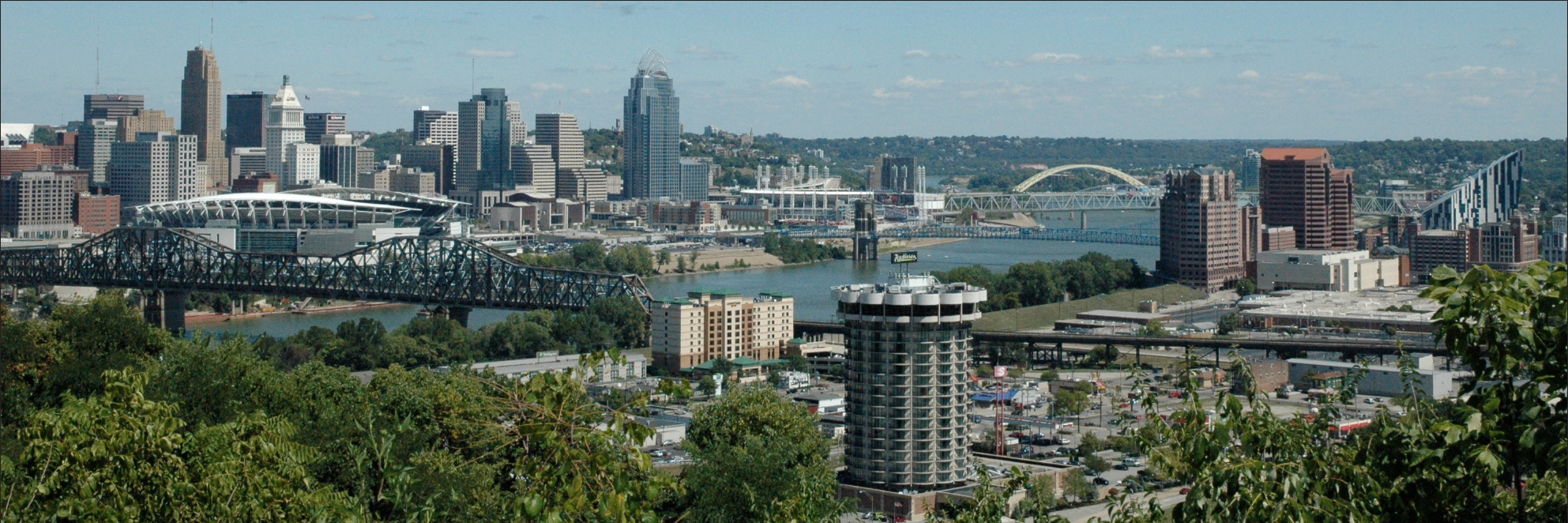The process of obtaining Foreign Trade Zone benefits in Northern Kentucky and Greater Cincinnati starts by contacting Angela Cook, Program Manager Business Administration, CVG (acook@cvgairport.com; 859-279-5528). CVG assists companies with the initial application and can help companies locate consultants with the specialized knowledge for a deeper evaluation of the risks and benefits associated with operating within a Foreign Trade Zone.
Some factors to consider involve the type of merchandise your company produces, the market you are in, or whether your company is already utilizing a U.S. Customs’ tariff-reduction program.
Generally, there are three phases to the application process for becoming an FTZ Operator, either as a Usage-Driven Site or Subzone:
- Application with CVG
- Approval from the Foreign Trade Zones Board and FTZ Site Operator Agreement
- Activation from Customs and Border Protection and approval from the Grantee (Greater Cincinnati FTZ or Northern Kentucky FTZ)
Companies locating or expanding within Greater Cincinnati/Northern Kentucky region that need assistance with site selection and state and local incentives will benefit from the expertise that is available from REDI Cincinnati or BE NKY Growth Partnership.
An initial step for companies interested in obtaining FTZ subzone status for some or all of the company’s U.S. facilities is to ask the grantee of the of the appropriate general purpose FTZ – in this case, CVG on behalf of the grantee — to submit an application to the FTZ Board designating the company’s facilities as a subzone of the general purpose FTZ. While the company seeking the FTZ subzone status would prepare the application, the application would be submitted to the FTZ Board under the name of the FTZ grantee.
To have an area designated for a company within an ASF service area
ASF Subzone/Usage-Driven Site
Production Activity
For any foreign-status item, if your activity results in a change in HTSUS classification at the six-digit level – or otherwise results in “substantial transformation” or a change in eligibility for entry – then you will need production authority from the FTZ Board to conduct the activity under zone procedures.
Production could include traditional manufacturing activities as well as kitting or assembly operations. When looking at your activity, be sure to consider any imported (foreign status) items, even packaging or other similar materials. If any materials would be used in the zone before a Customs entry has been made, then they are considered to be foreign-status components.
Advance approval is needed prior to any production activity in a zone, even if you are proposing that all foreign status inputs be admitted in privileged foreign status.
To apply for new or expanded production authority within a site/subzone:
Production Notifications and Applications
To make a minor modification to a zone boundary (non-ASF)
Minor Boundary Modifications (non-ASF)
Application Processing Summary and Timeframe
- Company Application to Federal FTZ Board
- Execution of Operations Agreement with Grantee
- Security Protocols with Customs and Border Protection (CBP) / CBP site visit(s)
- Company Internal Preparation / ICRM
- Concurrence Letter from Grantee to CBP
- Activation
Total Timeframe: 3-4 months

